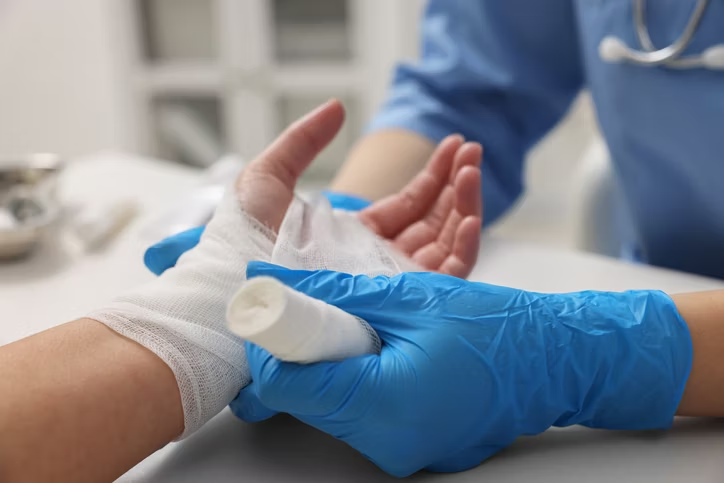Lower back pain affects a significant portion of the population, with about four out of five people experiencing it at some point in their lives. It can stem from various causes, ranging from muscle strains due to poor posture to more severe conditions like herniated discs and sciatica. Understanding the root cause of your back pain is crucial for effective treatment and long-term relief.
Common Causes of Lower Back Pain
Lower back pain often results from mechanical issues, such as muscle or tendon injuries caused by lifting heavy objects or sudden movements. Conditions like sciatica, herniated discs, and degenerative disc disease can also contribute to persistent back discomfort. Lifestyle factors, including poor posture and accidents, further exacerbate the issue. Identifying the specific cause is the first step toward finding appropriate treatment.
Symptoms of Lower Back Pain: How to Identify the Issue
Symptoms of lower back pain can vary widely, from a dull, persistent ache to sharp, shooting pains that radiate down the legs. Acute pain typically lasts a few days to a few weeks, while chronic pain persists for 12 weeks or longer. Numbness, tingling sensations, or difficulty walking may indicate a more serious underlying problem and should prompt immediate medical attention.
Short-Term Lower Back Pain Treatment Options
For short-term relief of acute lower back pain, several remedies can be effective. Rest combined with ice or heat therapy can reduce inflammation and alleviate discomfort. Over-the-counter pain relievers like ibuprofen or acetaminophen can also help manage pain. Physical therapy and gentle exercises can strengthen back muscles and improve flexibility, promoting faster recovery.
Long-Term Solutions for Chronic Back Pain
Chronic lower back pain may require more comprehensive treatment approaches. Physical therapy programs tailored to strengthen core muscles and improve posture can provide significant relief. In some cases, injections such as corticosteroids or nerve blocks may be used to manage pain and inflammation. Alternative therapies like acupuncture, yoga, or massage therapy have also shown promise in reducing chronic back pain symptoms.
Preventing Lower Back Pain: Healthy Habits to Follow
Preventing lower back pain starts with adopting healthy habits. Maintaining good posture, whether sitting, standing, or lifting objects, reduces strain on the back. Regular exercise, focusing on strengthening the core and improving flexibility, can prevent muscle imbalances that contribute to back pain. Ergonomic adjustments in the workplace, such as using supportive chairs and proper desk setups, further mitigate the risk of developing chronic back issues.
When to Seek Professional Help for Back Pain
While many cases of lower back pain improve with self-care and conservative treatments, persistent or severe symptoms warrant professional evaluation. If pain persists beyond a few weeks, is accompanied by numbness or tingling in the legs, or interferes significantly with daily activities, consulting a healthcare provider is recommended. Diagnostic tests such as X-rays or MRI scans may be necessary to determine the precise cause of the pain and guide appropriate treatment.
Takeaway
Finding effective Lower Back Pain Treatment involves understanding the underlying cause and addressing it with targeted therapies. Whether you’re dealing with acute or chronic pain, there are numerous options available—from self-care measures and physical therapy to medical interventions and alternative therapies. By taking proactive steps to manage and prevent back pain, you can improve your quality of life and maintain long-term spinal health.






